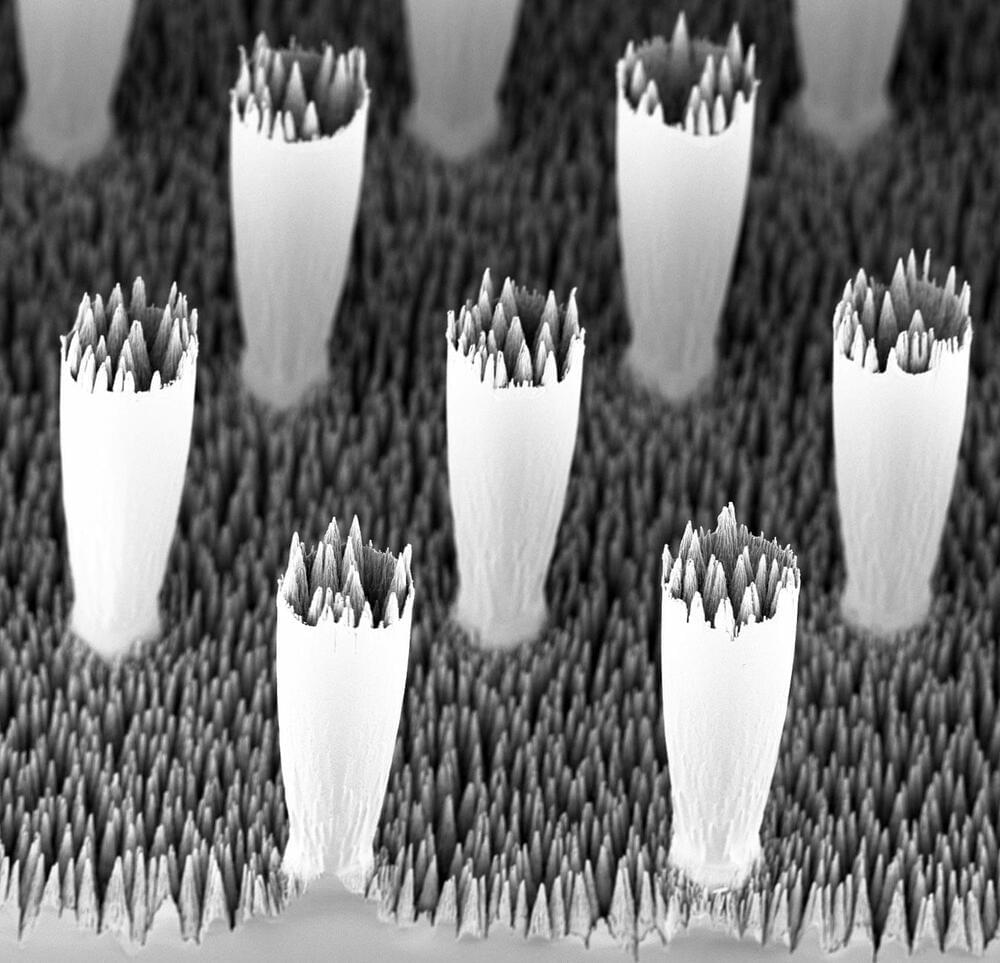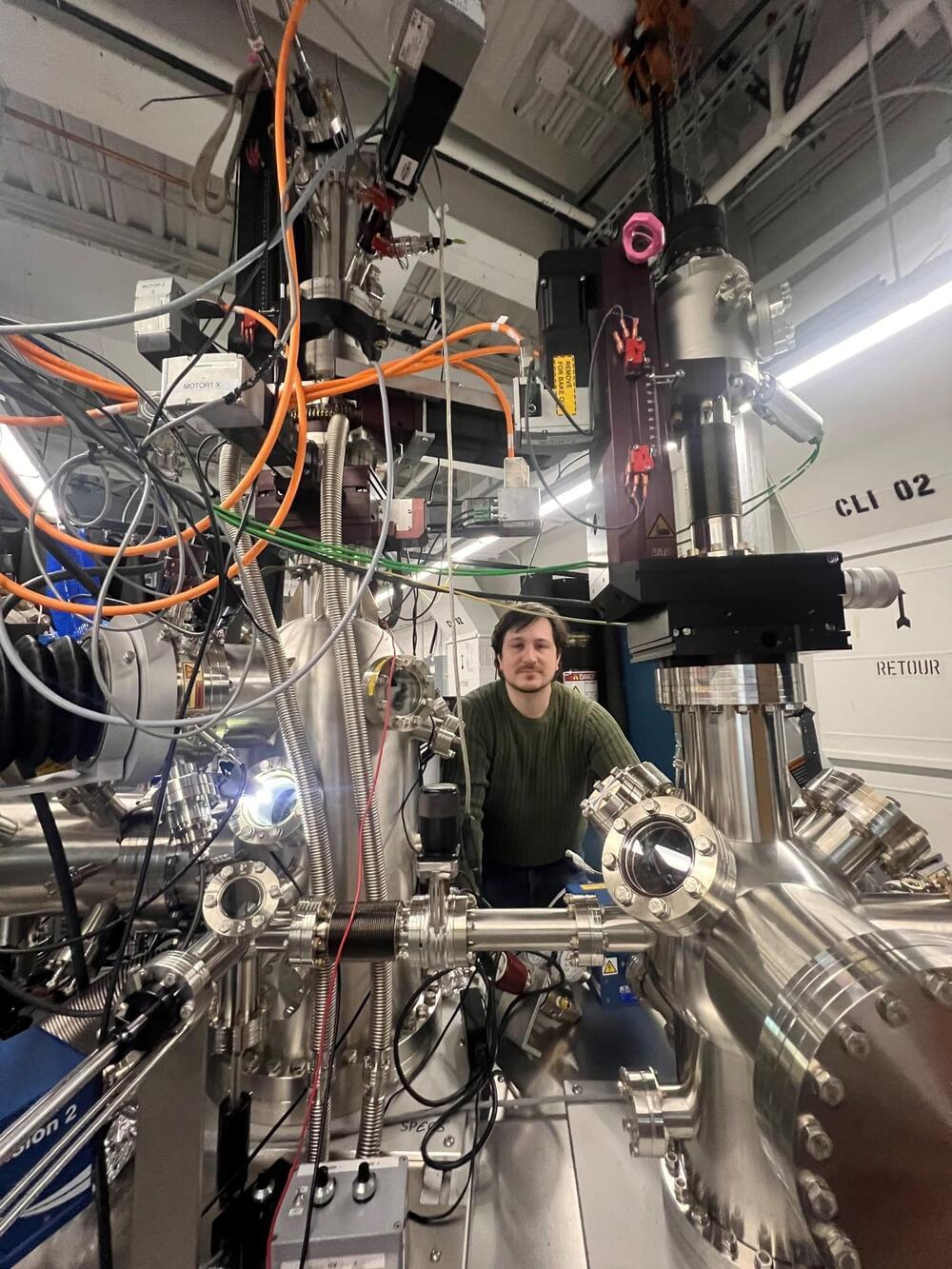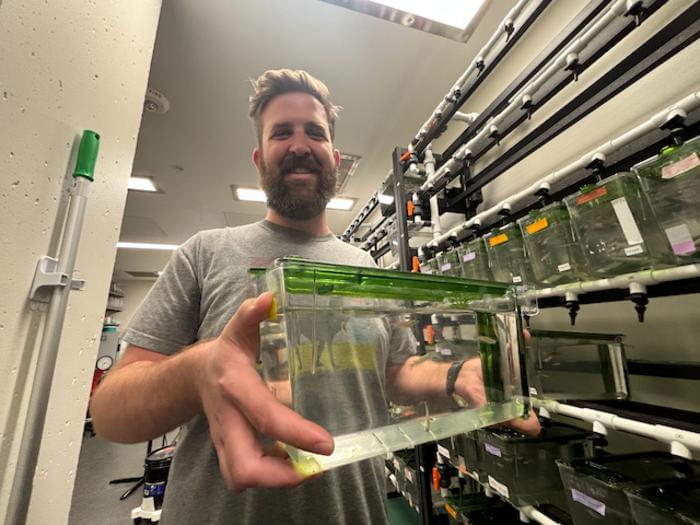Apr 19, 2024
US Air Force Test Pilot School And DARPA Announce First Artificial Intelligence Dogfight
Posted by Saúl Morales Rodriguéz in categories: information science, military, robotics/AI
The U.S. Air Force Test Pilot School and the Defense Advanced Research Projects Agency were finalists for the 2023 Robert J. Collier Trophy, a formal acknowledgement of recent breakthroughs that have launched the machine-learning era within the aerospace industry. The teams worked together to test breakthrough executions in artificial intelligence algorithms using the X-62A VISTA aircraft as part of DARPA’s Air Combat Evolution (ACE) program. In less than a calendar year the teams went from the initial installation of live AI agents into the X-62A’s systems, to demonstrating the first AI versus human within-visual-range engagements, otherwise known as a dogfight. In total, the team made over 100,000 lines of flight-critical software changes across 21 test flights. Dogfighting is a highly complex scenario that the X-62A utilized to successfully prove using non-deterministic artificial intelligence safely is possible within aerospace.
“The X-62A is an incredible platform, not just for research and advancing the state of tests, but also for preparing the next generation of test leaders. When ensuring the capability in front of them is safe, efficient, effective and responsible, industry can look to the results of what the X-62A ACE team has done as a paradigm shift,” said Col. James Valpiani, commandant of the Test Pilot School.

















